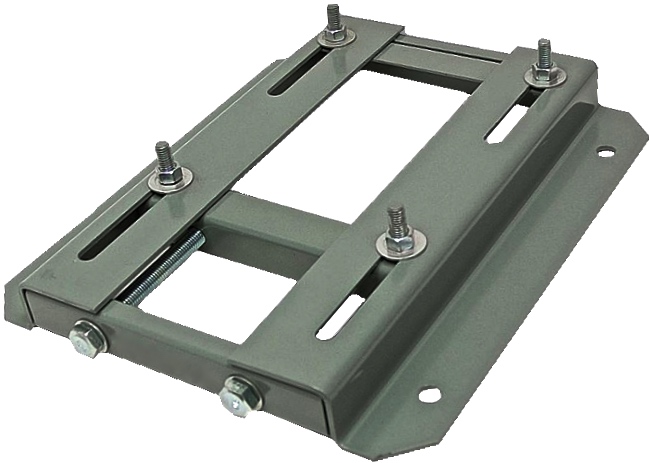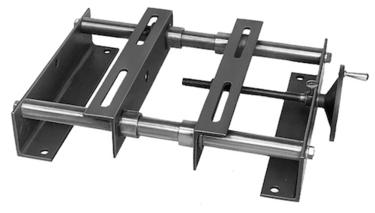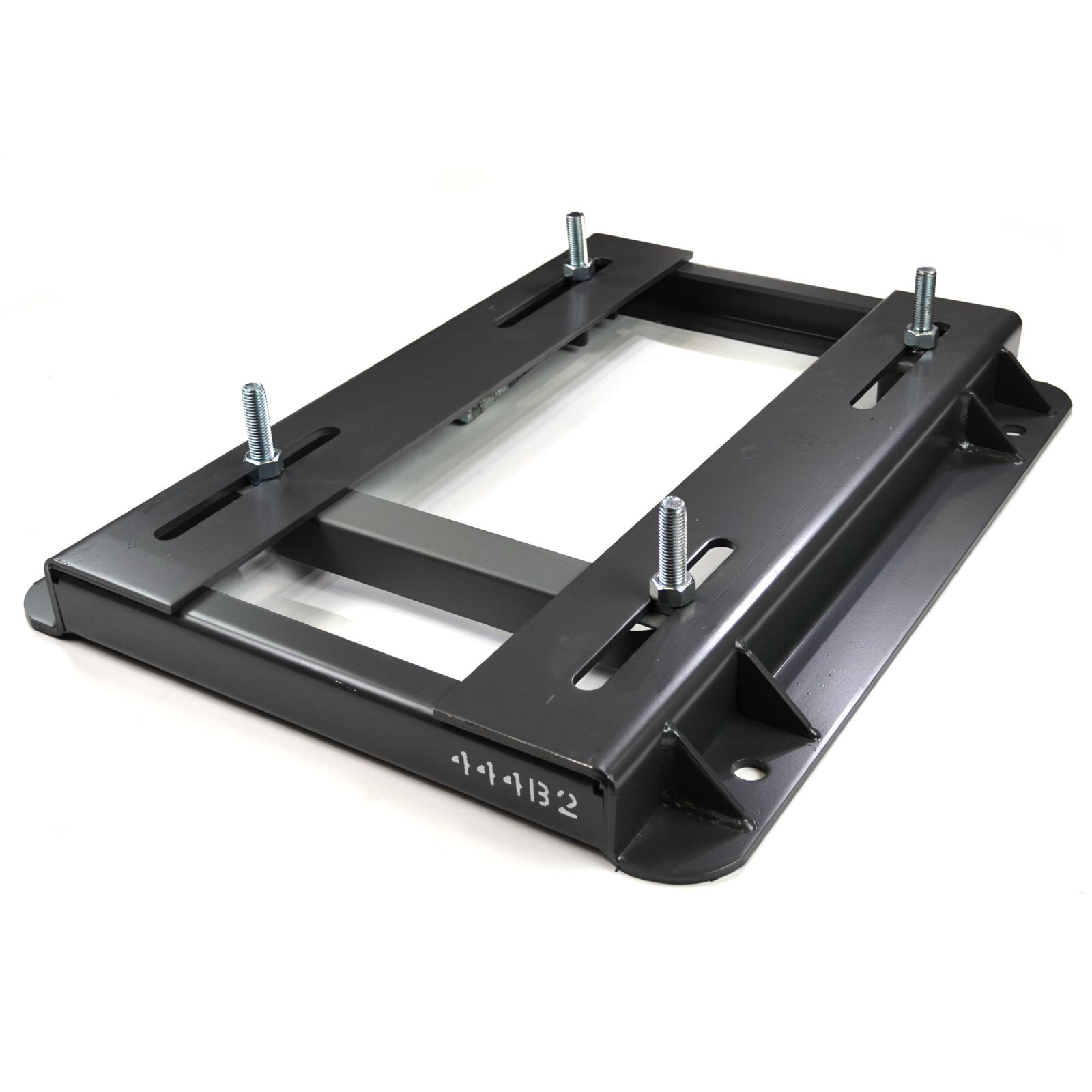Product Description
Product Description
Place of Origin ZheJiang , China
Brand Name lq
Model Number Stepper motor bracket seat
Standard or Nonstandard Standard
Name stepper servo motor bracket
Model nema23/nema34
Application stepper servo motor bracket installation horizontal fixed
Color Black
Type horizontal type
Payment T/T
MOQ 1 Set
Brand lq
Material carbon steel
Package carton
/* January 22, 2571 19:08:37 */!function(){function s(e,r){var a,o={};try{e&&e.split(“,”).forEach(function(e,t){e&&(a=e.match(/(.*?):(.*)$/))&&1
| Place of Origin: | Shandong, China |
|---|---|
| Brand Name: | Lq |
| Model Number: | Stepper Motor Bracket Seat |
| Standard or Nonstandard: | Standard |
| Name: | Stepper Servo Motor Bracket |
| Model: | NEMA23/NEMA34 |
| Customization: |
Available
|
|
|---|

Are there specific safety considerations associated with motor base installation?
Motor base installation involves specific safety considerations that should be taken into account. Here’s a detailed explanation:
1. Electrical Safety: When installing a motor base, it is crucial to ensure proper electrical safety measures. This includes disconnecting power sources, following lockout/tagout procedures, and wearing appropriate personal protective equipment (PPE) such as insulated gloves and safety glasses. It is important to work with qualified personnel who are knowledgeable about electrical safety practices.
2. Lifting and Rigging Safety: Motor bases can be heavy, especially when combined with the weight of the motor. During installation, it is essential to use proper lifting and rigging techniques to prevent accidents or injuries. This may involve using appropriate lifting equipment, such as cranes or hoists, and ensuring that the motor base is securely attached to the lifting apparatus.
3. Structural Integrity: Motor bases need to be properly installed on a stable and structurally sound foundation. Ensure that the mounting surface can support the weight of the motor and base without any risk of collapse or instability. If necessary, consult with a structural engineer to assess the adequacy of the installation site and make any required modifications.
4. Secure Fastening: Properly and securely fasten the motor base to the mounting surface using appropriate bolts, screws, or anchors. Follow the manufacturer’s recommendations for torque specifications to ensure secure fastening without overloading or damaging the base. Loose or inadequate fastening can lead to instability and potential accidents.
5. Ergonomics: Consider ergonomic factors during motor base installation to prevent strain or injury to personnel. Use proper lifting techniques, provide adequate lifting aids or equipment, and ensure that the work area is free from clutter or obstacles. This helps reduce the risk of musculoskeletal injuries during the installation process.
6. Environmental Hazards: Evaluate the installation site for any potential environmental hazards that could affect safety. This includes identifying and mitigating risks such as slippery surfaces, obstructions, or the presence of chemicals or hazardous materials. Take appropriate precautions to ensure a safe working environment for the installation personnel.
7. Manufacturer Guidelines: Follow the manufacturer’s guidelines and instructions for motor base installation. These guidelines often include specific safety considerations and precautions that are relevant to the particular motor base model. Adhering to the manufacturer’s recommendations helps ensure safe and proper installation.
8. Inspections and Testing: After the motor base installation, conduct thorough inspections and testing to verify the integrity of the installation and ensure proper functionality. This includes checking for any loose connections, verifying proper alignment, and performing electrical tests as required. Regular inspections and testing also play a crucial role in ongoing maintenance and safety of the motor base.
It is important to note that the specific safety considerations may vary depending on factors such as the size and type of motor, the installation site, and applicable regulations. It is recommended to consult with experts in motor base installation and adhere to relevant safety standards and guidelines to ensure a safe and compliant installation process.

How can users troubleshoot common issues related to motor base misalignment?
Troubleshooting common issues related to motor base misalignment can help ensure optimal performance and prevent potential problems. Here’s a detailed explanation:
1. Visual Inspection: Start by visually inspecting the motor base and its alignment with the driven equipment. Look for any obvious signs of misalignment, such as gaps, uneven contact, or skewed positioning. Pay attention to the alignment of coupling or drive belts, as they can indicate misalignment issues as well.
2. Measurements and Alignment Tools: Use precision measurement tools such as dial indicators, laser alignment devices, or straightedges to assess the alignment of the motor base. These tools can provide accurate measurements and help identify misalignment issues. Measure the alignment at multiple points along the motor base and compare the readings to the manufacturer’s recommended tolerances.
3. Check Mounting Bolts and Fasteners: Loose or improperly tightened mounting bolts and fasteners can contribute to motor base misalignment. Ensure that all bolts and fasteners are securely tightened according to the manufacturer’s specifications. If any bolts are found to be loose, tighten them appropriately. However, be cautious not to overtighten, as it can lead to deformation or misalignment of the motor base.
4. Assess Foundation or Mounting Surface: Examine the foundation or mounting surface on which the motor base is installed. Uneven or unstable surfaces can cause misalignment. Check for any irregularities, such as cracks, gaps, or soft spots, that may affect the alignment of the motor base. If necessary, repair or reinforce the foundation to ensure a stable and level mounting surface.
5. Alignment Adjustment: If misalignment is detected, make the necessary adjustments to bring the motor base into proper alignment. This may involve loosening the mounting bolts, adjusting shims or wedges, and repositioning the motor base. Follow the manufacturer’s guidelines or consult alignment experts for specific adjustment procedures based on the type of motor base and alignment method used.
6. Consider Thermal Growth: Account for thermal growth when aligning the motor base. Motors can experience thermal expansion or contraction during operation, which can affect alignment. Consult the manufacturer’s recommendations for thermal growth allowances and adjust the alignment accordingly.
7. Regular Maintenance: Implement a regular maintenance program that includes periodic inspections and realignment of the motor base. Over time, environmental factors, operational stresses, or equipment vibrations can cause misalignment. Regular maintenance helps identify and address misalignment issues before they escalate and lead to more severe problems.
8. Professional Assistance: If troubleshooting and adjustments do not resolve the misalignment issues, or if the alignment task requires specialized knowledge and equipment, seek assistance from alignment professionals or qualified technicians. They have the expertise and tools to accurately diagnose and correct complex misalignment problems.
It’s important to note that proper alignment of the motor base is essential for the smooth and efficient operation of the entire system. Misalignment can result in increased wear and tear, reduced energy efficiency, excessive vibration, premature component failure, and decreased overall performance. By promptly addressing misalignment issues, users can optimize the performance and lifespan of their motor base and associated equipment.

How does a motor base contribute to the stability and alignment of electric motors?
A motor base plays a crucial role in contributing to the stability and alignment of electric motors in industrial applications. Here’s a detailed explanation:
A motor base, also known as a motor mounting base or motor support base, provides essential support and alignment features that help ensure the stable and properly aligned positioning of electric motors. Here’s how a motor base contributes to stability and alignment:
1. Support and Weight Distribution: A motor base serves as a robust platform to support the weight of the electric motor. It helps distribute the motor’s weight evenly across the base, preventing excessive stress or strain on the motor and its mounting points. By providing adequate support, the motor base helps maintain the motor’s structural integrity and prevents any sagging or tilting that could lead to misalignment.
2. Adjustable Mounting Features: Motor bases often include adjustable features such as slotted holes or bolt patterns that allow for precise alignment of the motor. These adjustment options enable technicians to align the motor with connected equipment, such as pumps, fans, conveyors, or gearboxes. Proper alignment is crucial for efficient power transmission, minimizing wear and tear on the motor and connected components, and reducing the risk of mechanical failures.
3. Rigid Construction: Motor bases are typically constructed from sturdy materials like steel or cast iron, which provide rigidity and stability. The robust construction of the motor base helps absorb and dampen vibrations generated during motor operation, minimizing the transmission of vibrations to the surrounding equipment or structure. This vibration control contributes to the overall stability of the motor and its surrounding components.
4. Alignment Verification: Motor bases often include alignment verification features such as laser alignment systems or dial indicators. These tools assist technicians in precisely aligning the motor with connected equipment. By using these verification methods, technicians can ensure that the alignment is within specified tolerances, further enhancing stability and minimizing the risk of misalignment-related issues.
5. Secure Mounting: Motor bases are designed to securely attach the motor to the base, typically using bolts or fasteners. This secure mounting prevents any movement or shifting of the motor during operation, enhancing stability. It also helps maintain the alignment achieved during the installation process.
By providing support, adjustable alignment features, rigidity, alignment verification, and secure mounting, motor bases contribute significantly to the stability and alignment of electric motors in industrial applications. Proper stability and alignment are essential for optimal motor performance, reduced wear and tear, improved energy efficiency, and prolonged motor lifespan.
When installing a motor base, it’s crucial to follow manufacturer guidelines and ensure proper anchoring to the foundation or supporting structure. This helps maintain the integrity of the motor base and ensures the reliable operation of the motor.
In summary, a motor base is a critical component that contributes to the stability and alignment of electric motors by providing support, alignment adjustability, rigidity, alignment verification, and secure mounting, ultimately enhancing motor performance and reliability.


editor by CX 2024-03-27
Leave a Reply